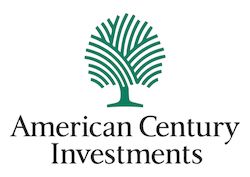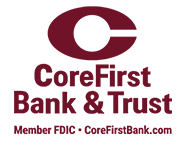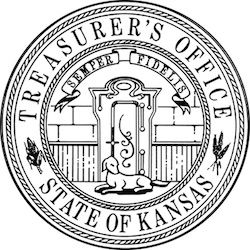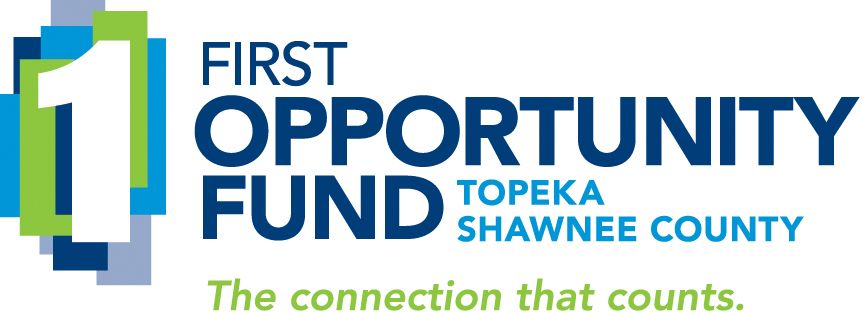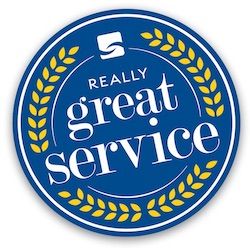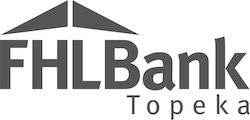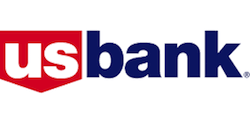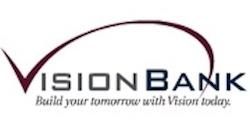
Forbes predicts that by 2030, millennials will hold five times the wealth they have today and be the richest generation in history. Those are staggering statistics that represent a potentially huge and not-to-be-missed opportunity for banks with wealth management and trust departments.
Don’t make the mistake of trying to shoehorn this audience into current product offerings, visuals and messaging. It won’t appeal and it won’t work. Millennials (born between 1980-1996) have very different attitudes about your bank’s offerings—if they’re even aware of them at all.
Add that to the growth of online-only banks, DIY online tools and a post-COVID world, bankers must innovate to capture a share of this highly important audience and the newfound wealth they will need help managing.
This generation is hungry for education. Many think wealth management is out of reach. Their relationships and values matter. And they ask their parents for advice.
Let’s look at what each of these means when it comes to wealth management:
They’re hungry for education.
Millennials want to be more prepared for their financial futures, but many are only partially managing their current financial conditions. They’re looking for ways to save money, pay off debts and get ahead, but they’re not well equipped for making decisions or being proactive about long term planning.
Many feel like they’re going it alone. They’re hungry for education around their current financial state—let alone the future. They scour social media for intel and look to strangers for information. They are also acutely aware that they need to know more. A recurring theme is that they don’t want to be judged for not knowing things.
James Notzon, global wealth SVP and director of wealth management in the Texas border region for BBVA, says his bank is very aware that millennials will inherit a lot of wealth and they need to know much more about how to handle it. “Millennials have more access to information than I ever did at their age,” he says. “They’re attuned to how much they’re saving. They’re informed on that.”
While millennials know what they’re saving, Notzon says most are not fully financially literate. He says they are constantly on social media looking for information and like to “DIY it, trying to make value judgments. The mix of options available to them is huge." More options take more time and experience to research and understand. It’s overwhelming and can result in reckless gambles.
The takeaways: Providing valuable information and building trusted relationships means positioning the bank as a valued authority as customers’ needs and assets grow. There is value in providing educational workshops and events, regular digital delivery of advice and frequent social media posts on these topics to position the bank as a welcoming, non-judgmental resource. Building a community of millennial investors who feel smart, included and valued is essential. Your bank will be stickier and grow as customers bring their friends.
Many millennials think professional wealth management help would be valuable.
But they think it’s out of reach, or “for other people, not for me.” They say they should get around to it and would like to have it, yet many think it’s too expensive.
Notzon says many millennials are investing more than banker peers may realize because it’s so easy to open a self-serve investment account online. Traditional banks are often not even on their radar as a place to go for advice and investing.
These perceptions should come as no surprise to marketers. Many bank websites and in-lobby communications perpetuate this mindset with language like “high-net-worth individuals” and showing gray-haired clients taking cruises and riding motorcycles across the country. That’s not what they are. (Yet.)
High-net-worth clients have the assets that pay for the service your institution provides. Customers in a lower bracket can seem expensive to attract and serve. But there is value in the long view: The value of the client over time will far outweigh the initial acquisition and early-stage costs.
The takeaways: First, get on their radar. They need to be aware your bank offers wealth management for them. Next, develop marketing messages, graphics and digital communications channels that are relevant to the millennial audience.
Products, services—solutions, really—should also be suited to them. Technology makes it easy to showcase wealth management offerings designed for them. The offerings their parents and grandparents embrace probably don’t resonate with millennials.
Many country clubs and philanthropic leadership circles offer a junior membership to people under 40 with special benefits. Innovate your offerings with inspiration from other sectors that are successful in captivating this audience.
Relationships and values matter.
Online self-service investment products and apps can’t compete with a personal relationship. Millennials want advisors who share their values or who understand their life goals and experiences. Doing business with bankers who “get them” will engender trust and solidify these budding relationships.
“I specifically signed up with my advisor because she was clear that she prioritized teaching financial wellness to single women,” says a member of the Banktastic National Millennial Advisory Board in a recent study. Others mentioned experience with trusts for disabled dependents, understanding LGBTQ and environmental views as very important.
Another board member says: “I enjoy talking with my financial adviser, who has similar interests. They are helpful in bouncing ideas and strategies to get me where I want to be.”
What does the wealth management team look like in your bank? Diversity of age, gender and ethnicity makes a difference, too. Recruiting and retaining people relatable to the desired millennial audiences will also make your offerings more attractive.
The takeaways: Professional training and growth for your more seasoned wealth management and trust officers will be essential. They need to be ready to answer millennial customer concerns about matters very different than those of previous generations. Hiring and mentoring younger advisors who are relatable and proficient also sets you up for success.
Be ready to showcase your investment advisers and trust officers with these areas of interest and expertise in your bank’s advertising, website and social media. Make sure these personnel are also networking—both in person and on social media—in the places where they can talk to people about this important work. Social word of mouth will be powerful marketing.
They ask their parents for advice.
Parents and grandparents have enjoyed longtime trusted relationships with their banks’ wealth management and trust departments. Those same parents probably have not yet shared much information with their children about these matters. From a marketing perspective, this should be viewed as a built-in referral source. Engaging their offspring sooner lessens the likelihood of losing the relationships when wealth transfers happen.
Notzon recommends getting families in the same room and discussing their wishes together. “In my space, it’s not just the relationship with those who control the wealth,” he says. “We like to have at least one family meeting per year with all the family together.” Notzon says it’s important to ensure parents’ wishes and goals are met, while giving sound education and information—but only as much as the parents want to share.
He also cautions that family meetings will require diplomacy and care. There are many more blended families these days, so family meetings can be tricky to navigate. But with this added nuance, the meetings are even more important.
Key takeaways: Creating family-related referral outreach, seminars, marketing pieces and educational web and social media content gives your bank the opportunity to build awareness and interest from millennials. Generating family-centered conversations about wealth management and trust services could also spur additional needs from parents and grandparents. Crafted carefully, it’s win-win-win.
The time is now.
In less than 10 years, your most valuable audiences will look very different than they do today. To be well positioned for this seismic shift, it’s essential to start evolving and marketing to this generation immediately.
This article first appeared in the American Bankers Association Marketing Journal August 25, 2021. • We've recently produced two video Training Shorts about millennials and wealth management for the American Banker's Association: Wealth Management & Millennials: Opening New Doors and Position Your Wealth Management Services for Millennials. These short webinars have more strategies for marketing to millennials about investing and financial planning and provide CTFA professional certification credits.
If you need a bank or credit union marketing agency to help you create millennial customer relationships, schedule a meeting with Martha Bartlett Piland today.


